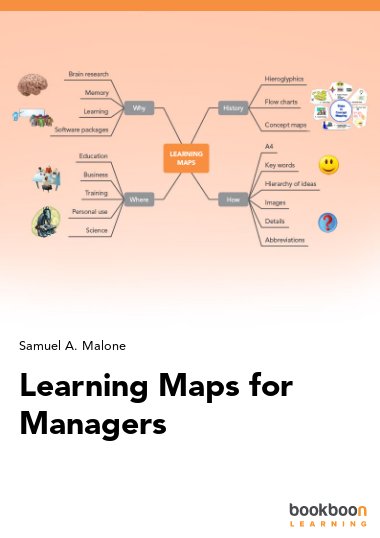Learning maps are radiant, nonlinear ways of organising information by showing the connection and inter-relatedness between the central topic, and supporting information. They are major visual mnemonics of ideas and information which can be used in many areas of business. Visual methods of displaying information have existed for thousands of years. Some languages have even evolved from hieroglyphics and pictograms. Examples of useful learning maps relevant to managers and learning map enthusiasts are shown throughout the text. They radically increase manager’s productivity.
About the author
Samuel A Malone is a self-employed training consultant, lecturer and author. He is the author of 21 books published in Ireland, the UK and abroad on learning, personal development, study skills and business management. Some of his books have gone into foreign translations and second editions. He has an M.Ed. with distinction (in training and development) from the University of Sheffield and is a qualified Chartered Management Accountant (ACMA), Chartered Global Management Accountant (CGMA) and a Chartered Secretary (ACIS). He is a fellow of the Irish Institute of Training and Development (FIITD).

